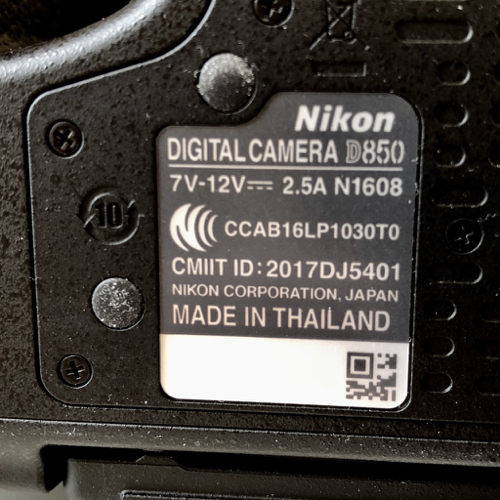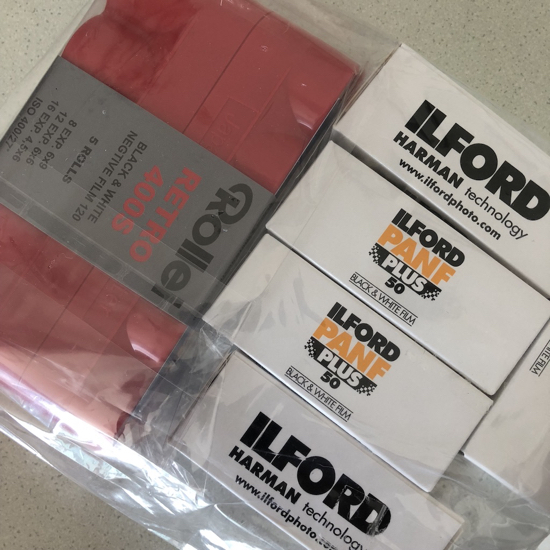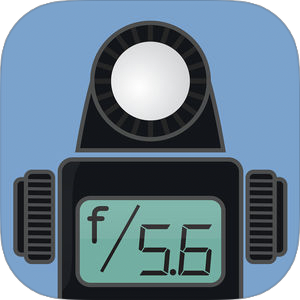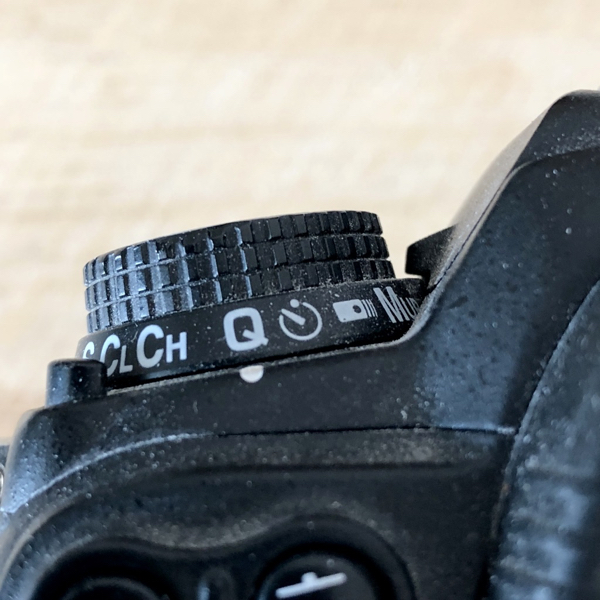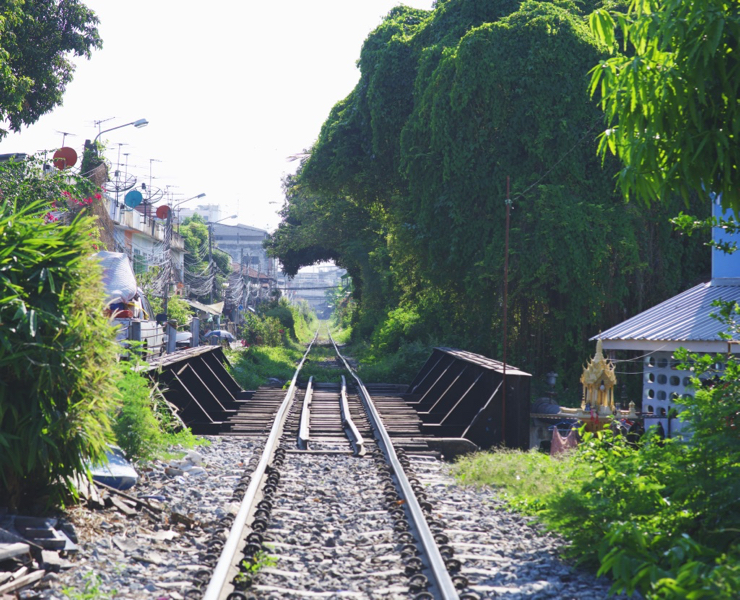|
|
eXtensions - Moving up to Nikon D850 (2): PracticalitiesBy Graham K. Rogers
Even though only one area was used for focussing (I will set this up later), I found that the speed and accuracy was far superior to my older D7000. There is no inbuilt flash, partly to improve waterproofing, but if anyone has a camera of this calibre, suitable equipment should be in the bag if needed. I changed a number of settings, but it was not until I entered my name (as Artist) for the third time that the value of the touch screen became apparent. I thought I was still working on the D7000. The main differences I noticed initially were in the controls on top of the camera body and the range of photo output types: JPG, TIFF and RAW, all with several quality options as well as a mix (JPG + RAW). So far I have tended to work with RAW only and set the camera up for this, with the highest quality output, giving me 8265 x 5504 (45,441,024 MP) with my settings. On the Mac this gave me a file size of around 95MB. I had been unable to transfer my first test batch using the direct cable connection, but this was a settings problem that was fixed by a member of staff when I returned to the store the next day. As this weekend is the main Thai new year holiday and the streets are full of water-throwing revellers, I wanted to have a test shoot with the camera. I had also just taken delivery of some new film (Ilford ISO 50 and Rollei ISO 400). Thursday would need me to concentrate on food shopping, so I went home almost immediately after visiting the camera shop in Siam Paragon.
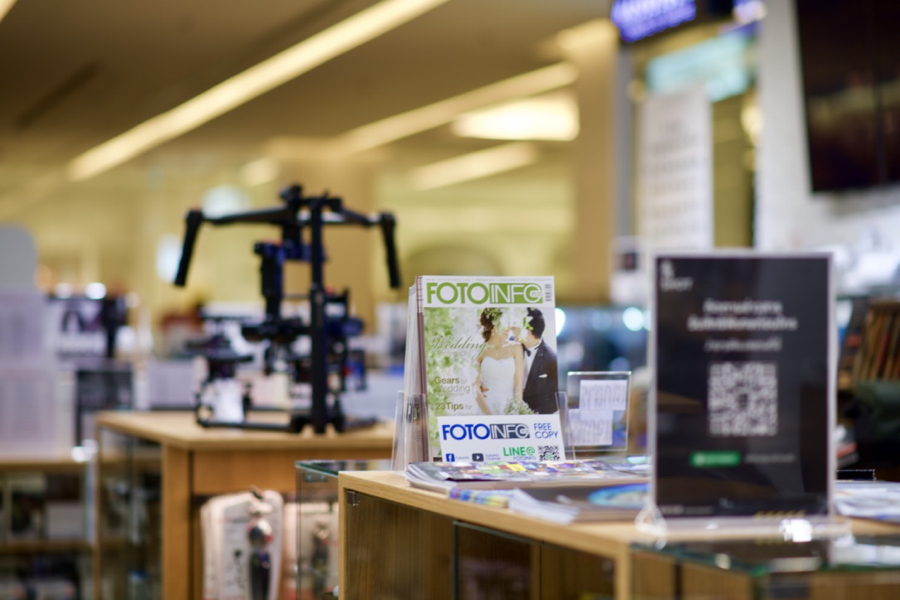
On the streets - technical changesI delayed going out until about 3 pm as the sun is almost overhead at this time of year, but made the two cameras ready: three film cartridges loaded for the Hasselblad; and a last check of settings for the D850. I considered a couple of locations but decided to shoot in the back streets near here, close to a major canal.I thought Aperture Priority mode would be best for this street photography and immediately found that the Mode control on the left side (along with White Balance, Quality and Focus buttons) was more convenient than the equivalent controls on the D7000. Less convenient was the ISO button on the top to the right, which had to be pressed while turning a control (that part was familiar). The D7000 control for ISO was to the left at the back. As I am left-handed this was not easy, but I will pick this up. I set ISO for 125 and Aperture for 5.6, although in retrospect with the light conditions, this could have been higher. The results were pleasing.
Nikon D850; Film's Not Dead; and Pocket Light Meter
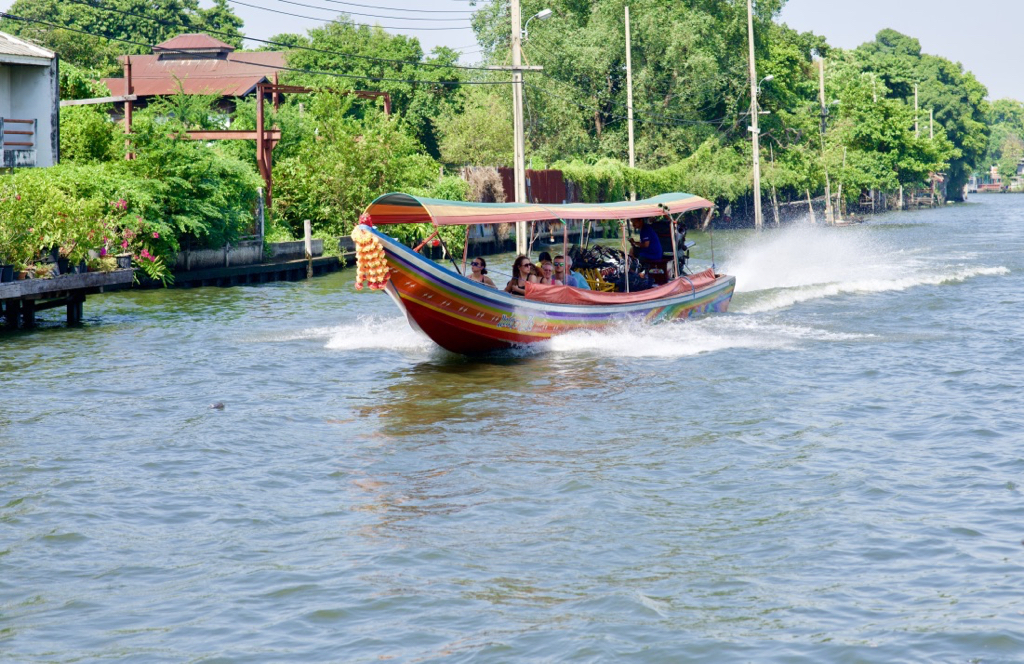
On the streets - taking photosAs I moved through the streets taking photographs, I became aware how quickly the camera was focussing on a subject. I do not yet have focus areas properly set up as yet, so missed one or two shots, but that is part of learning a new camera. The larger view-finder made it easier to look at subjects, but my initial burst mode setting was a little too trigger-happy.
Control ring on D850 (left) and D7000
With the maximum settings I have, the images are in the region of 95MB each. This is going to play havoc with the space on my hard disk, in Photos, on the iOS devices I use to view the images, and potentially on iCloud. It also means I may have to rethink my workflow. Right now, I anticipate that after culling and editing I will keep only small images in Photos and store the original RAW files on a 512GB SSD I have been using for Time Machine. Although the backups were rapid and the disk was small, this is a far better use of this resource.
Import and Editing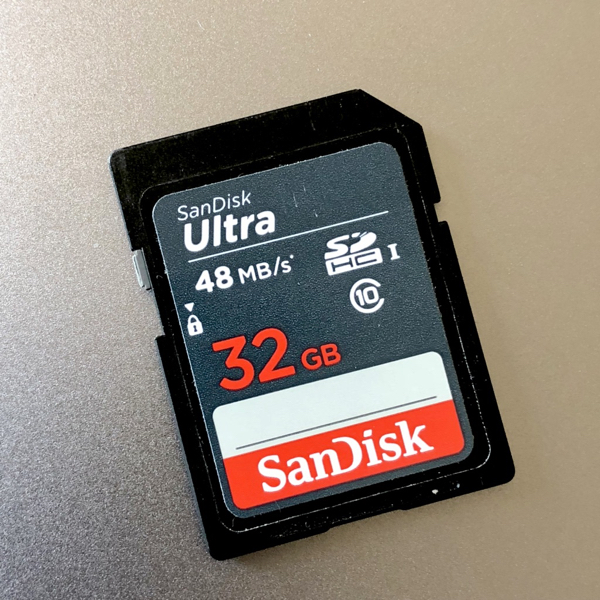 I am currently using a 32GB SanDisk Ultra SD card that is rated at 48MB/s write time. As the photo shop had made the cable transfer work for me, I used that to import the 103 RAW images to Photos on the Mac. I am using Photos as Aperture will eventually leave us and I have yet to find a suitable replacement for workflow.
I am currently using a 32GB SanDisk Ultra SD card that is rated at 48MB/s write time. As the photo shop had made the cable transfer work for me, I used that to import the 103 RAW images to Photos on the Mac. I am using Photos as Aperture will eventually leave us and I have yet to find a suitable replacement for workflow.
I did test the Hasselblad Phocus application when I first bought the D850 (I had to use this for images from the H6D), but the screen display is a little fussy. I will not use anything from Adobe. I am hoping that the long-promised workflow app from Serif - developers of Affinity Photo - will be worth considering when it appears. As Apple is improving Photos bit by bit, and I can edit using extensions, this may do for the time being. The import took 5 minutes using a micro-USB to USB-C cable I have, rather than the Nikon supplied connector (which would also need an adapter for the MacBook Pro). When the cable is connected and the camera power turned on, Photos recognizes the camera and the import process is available. A small progress circle is shown on the top of the Photos screen as the import takes place. At no time did a disk icon appear on the desktop of the Mac. I did notice one or two problems with Photos, but as I am using a beta version of the OS, this is not of immediate concern and I filed a report. The sliders in the Light section allow quick changes to be made, while some colour improvements can be made with the newer Selective Color controls. I make frequent use of extensions like Luminar and Tonality Pro for image effects. As the RAW images are also available on the iPhone X, I was able to edit a couple of these using DarkRoom which has a good array of tools.
Editing RAW in DarkRoom on the iPhone X (left) and the exported image
This rethinking included a nasty shock during an afternoon of editing images from the D850 and some scanned film. I am using the new Content Caching option in System Preferences > Sharing and have that set for maximum. While working, there were warnings that this needed to be adjusted, but as I was using the maximum, there was nowhere to go. Then macOS sent a warning about disk capacity: the 150GB spare on Saturday morning was down to 10GB and falling as I watched. I made some quick adjustments: moving some image data to the SSD, deleting old movie files, and other changes, but ended up turning off Content Caching. A restart showed me that I now had 400 GB free, but several files were in iCloud. I later turned Content Caching on again and things settled down to about 200 GB free space, but I am monitoring this closely.
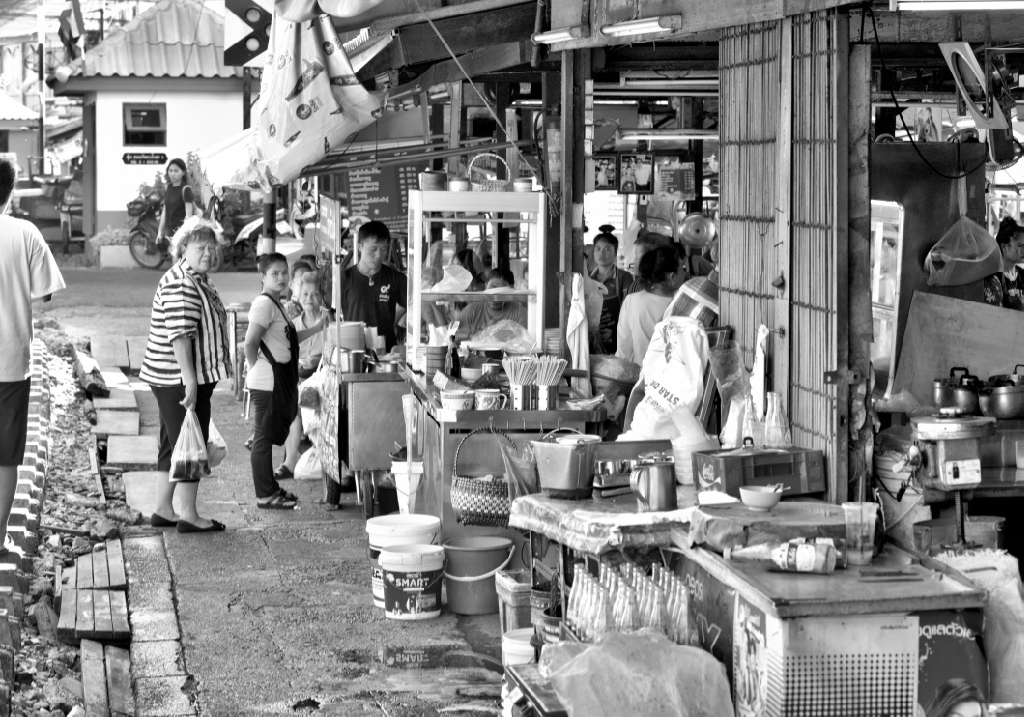
Notes on lensesWhile I was looking for information on the D850, I saw that there are lists of recommended lenses for the camera (Brittany Hillen, DP Review) and noted that only one lens that I have (85mm) is on that list. Out of the box, I tried the Nikkor 24mm lens I have and that worked fine, particularly in good light. I also have an older 50mm Nikkor lens that I picked up new as a cheap replacement several years ago. Again, that gave me no problems, with autofocus and image quality as I wanted.I do have an older Tamron 70-300mm telephoto lens, which I dropped a couple of years ago, breaking autofocus. It still works on the D7000 although focussing at 300mm needs care. The same was true for the D850 and output was reasonable (that is all I have ever had).
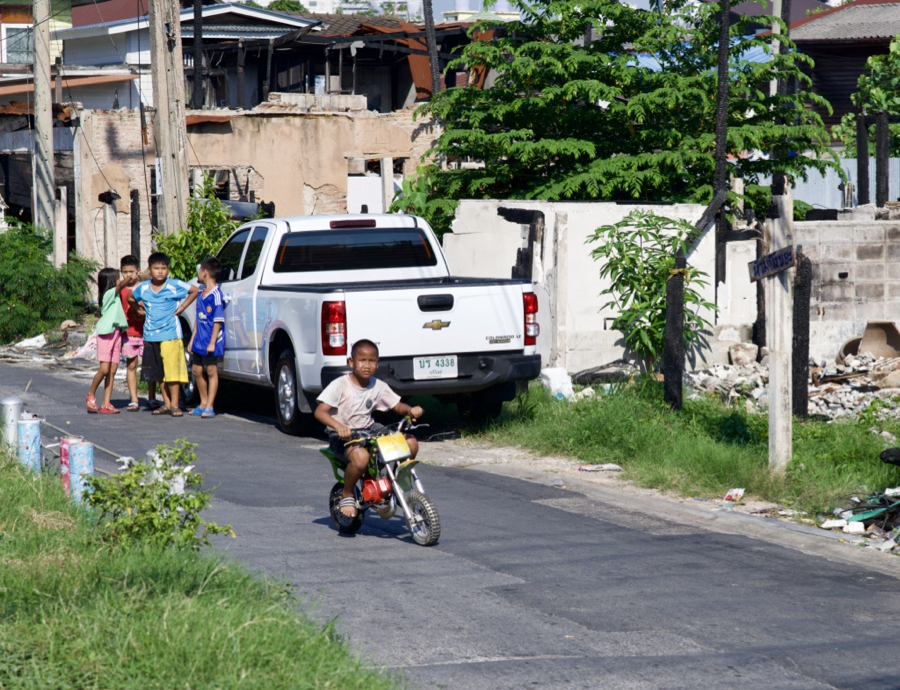

D850 image cropped from larger source (above)
ConclusionsSimple. I made the right decision here with my purchase of the Nikon D850, although I know I will have to rethink workflow and consider other solutions for management, editing and storage.See also:
Graham K. Rogers teaches at the Faculty of Engineering, Mahidol University in Thailand. He wrote in the Bangkok Post, Database supplement on IT subjects. For the last seven years of Database he wrote a column on Apple and Macs. After 3 years writing a column in the Life supplement, he is now no longer associated with the Bangkok Post. He can be followed on Twitter (@extensions_th) |
|


